A huge cloudburst hit the high ranges today, and our cowboys and critters were right in the middle of it. We always can use the moisture, but it was the lightning that concerned me. From our home ranch, we can see right where the cattle are, 15 miles away in the Salmon River highlands, and the electricity was flying on the ridges right where they were.
I texted Jeremiah, who was cow boss for today to keep the yearlings off the ridges, but he never received the message. Much of the range is out of cell service (it is actually above the valley cell towers), but I wasn’t too worried. Jeremiah was gun-shy of lightning as he had been struck before at 12000 feet above timberline on some nearby mountains in Montana.
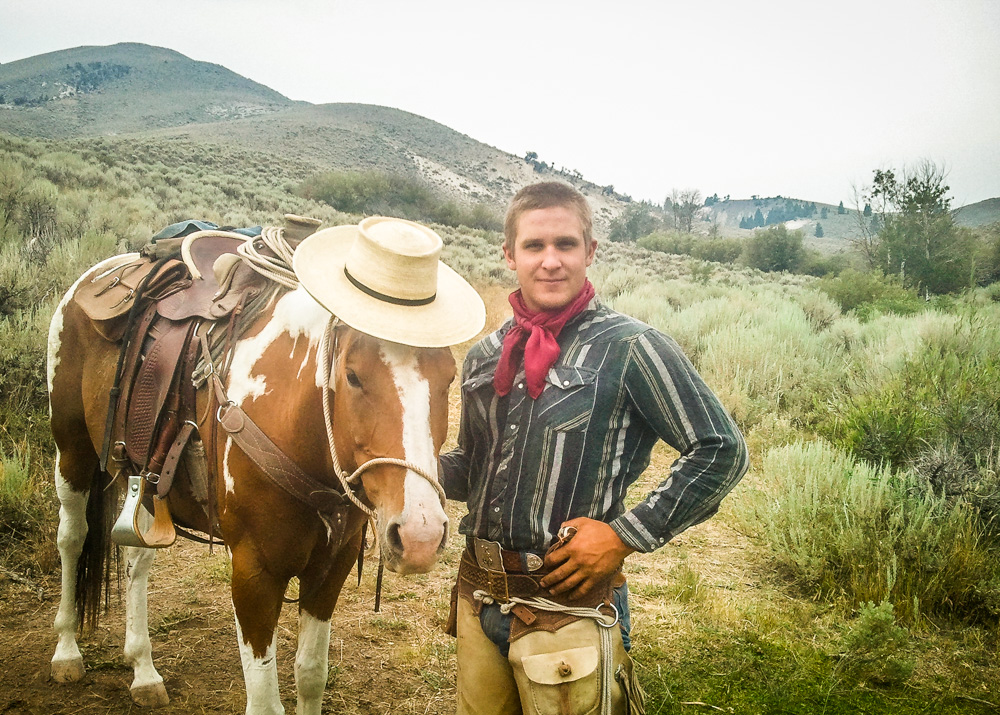
We are at the second cow camp on the summers foray into the mountains, and soon to move to the third at beautiful Bear Basin. The beeves are gaining elevation fast, keeping up with the appearance of summer across the thousands of feet in elevation gradient that still has June snow cover in the highest parts of our summer ranges. With early summer comes the maximum of nutrition and growth of our wild range grasses. The basin is 3000 acres of gently rolling hill tableland that is perched at about 6000 feet. Grass waves in the wind up there on our piece of wilderness as it did on the prairies before sodbusting and settlement.
Cowboy Josh and Colin shifted in today on their fresh horses, replacing Scott and Jeremiah. Melanie and I take the weekends. It’s a commitment, to be sure, as there is no telling what the weather or nighttime will bring (predators like wolves or lions?), and sleep is hard to come by. The hard work on the home ranch is certainly a rest from cowboying and being horseback for 16 to 18 hours a day.
There is some downtime, though. When the midday hits, the beeves are full and lay down and stop grazing. Josh mentioned to me this morning that he does the same as I do: step down from his horse, find a place to sit down (away from ubiquitous rocks, cactus or rattlesnakes), and while some time away observing beeves and wildlife”¦and sampling the grasses they eat.
The grasses all are different, and too chewy for us to enjoy, but there is in each of them the place where the seedhead connects to the basal part of the plant. When you pull that apart and chew the inside stem where it is tender, you find sweet not unlike that of maple syrup. Sweet, but not sugary, as each grass has its own distinctive flavor. Intense would be a good word for it. Pasture grasses on farmed ground never taste this good. That flavor speaks the truth about the nutrient density on wild landscapes. It is why all of us who are riding herd note that these beeves are clearly gaining more weight than valley cattle. Why does this matter?
Because when Alderspring beeves thrive, so do the eaters of them. It is simple as that.
Mark Schatzker’s new book, The Dorito Effect, firmly establishes the link between nutrition and flavor in wild foods. That link exists not only for people, but cattle as well (he actually cites some studies about this very subject that had beeves as subjects). With quite a bit of scientific backing, Mark shows that if a wild food tastes good, then it is good for you, and even will go to say that if it tastes bad, then it probably is bad for you as well.
I meet many customers who have eaten bad tasting grass fed beef. Could eating such actually be a detriment? Mark Schatzker seems to think so. Check out his book if you have a chance”¦it changed the way I view food”¦for both myself and my beeves.

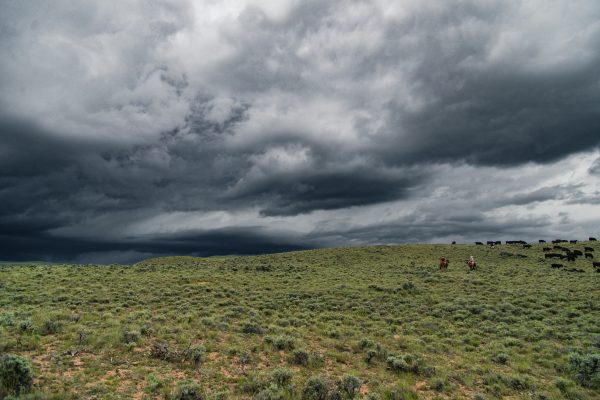

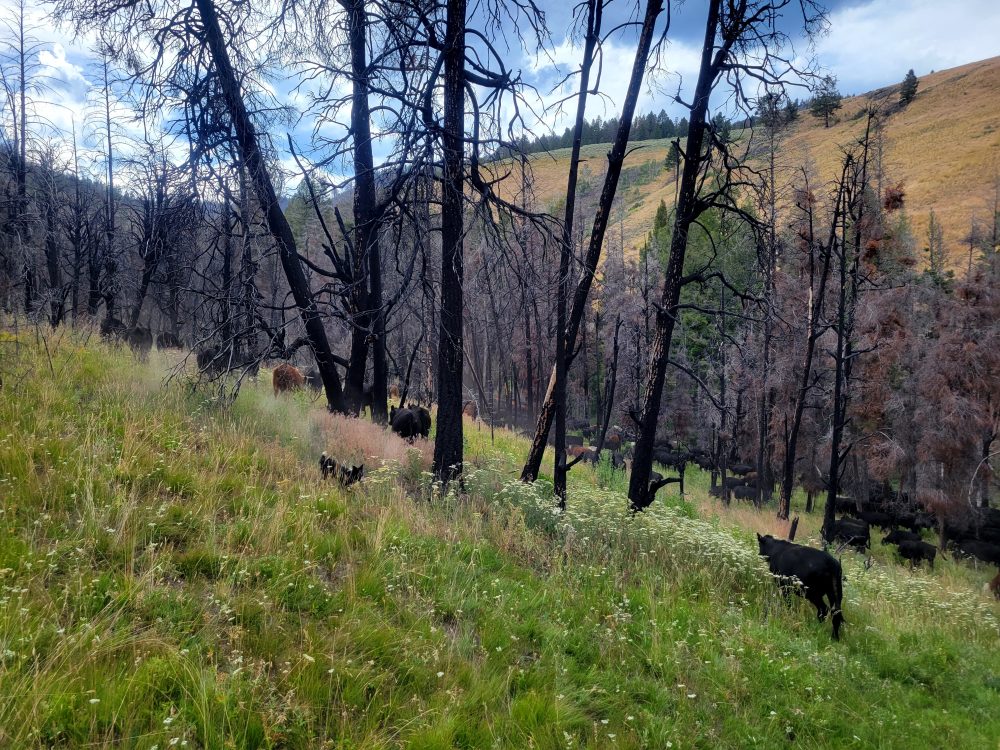
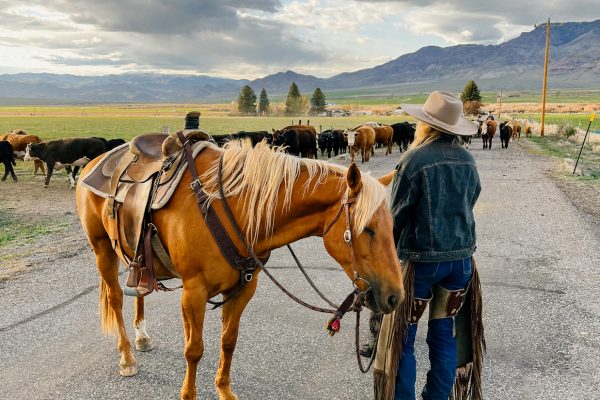

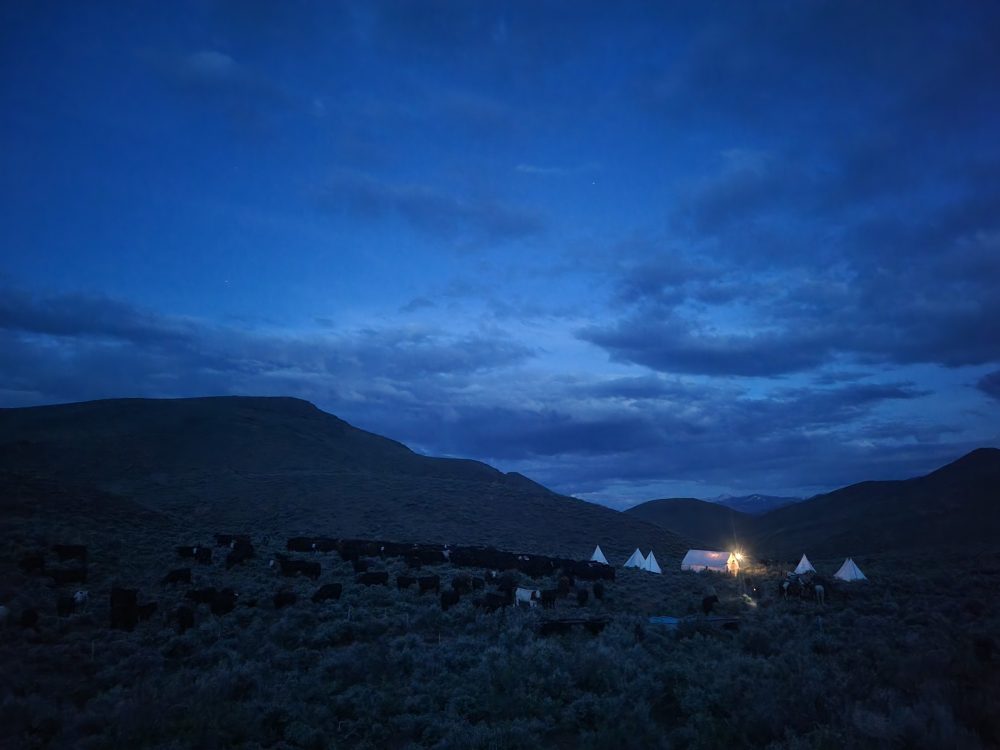
Leave a Reply